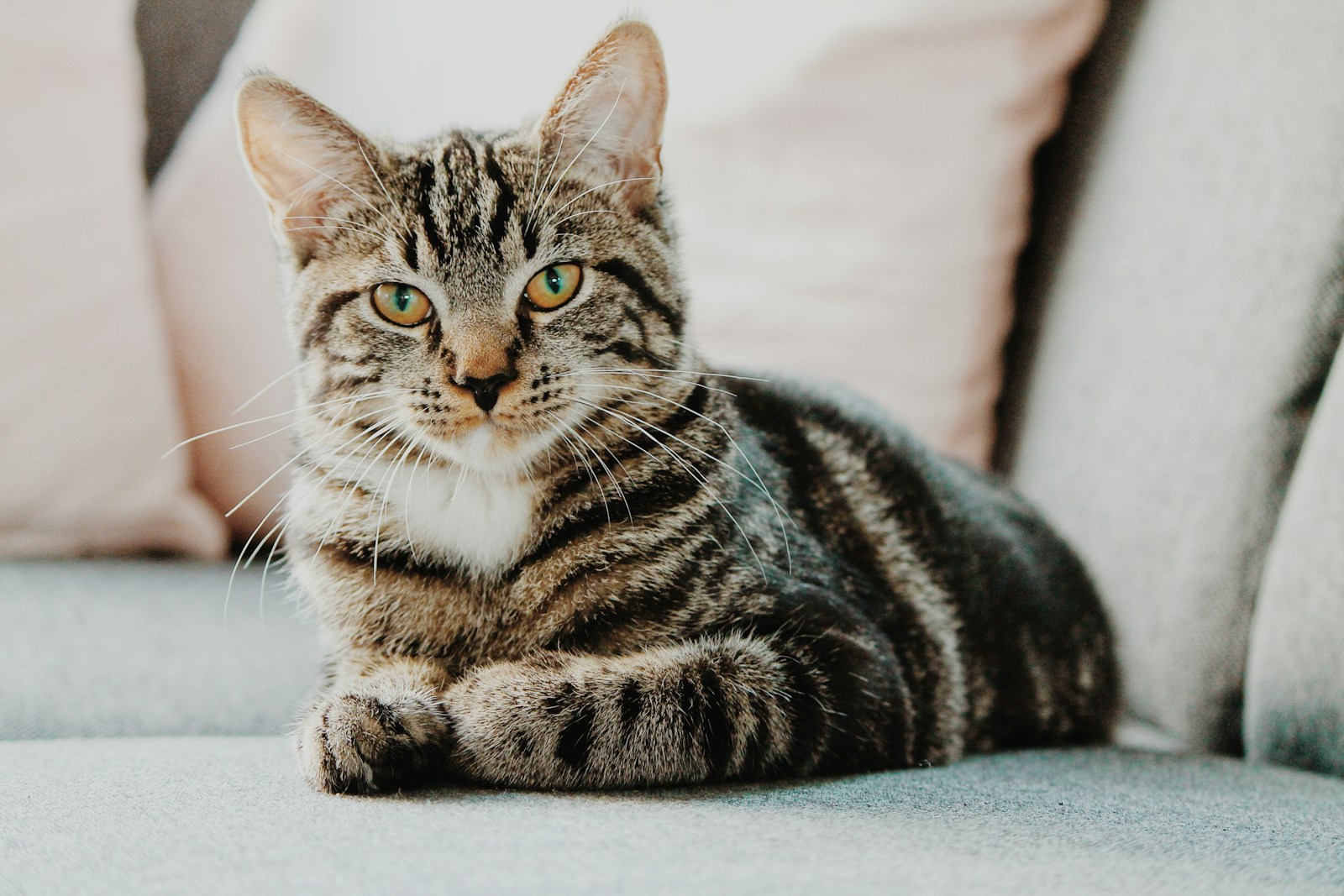
Scientists continue to uncover the unique ways in which cats interact with humans and the world around them. Recent research has confirmed that slow blinking at a cat can strengthen the bond between human and feline. This ‘slow blink’, akin to a relaxed smile, is a form of communication that cats reciprocate, suggesting mutual trust and affection.
Separation anxiety is another area of study, with over 13% of cats in a survey displaying distress when left alone. Symptoms included destructive behaviour, excessive vocalisation, and inappropriate elimination. These issues were more prevalent in households with either no women or multiple women, and where cats lacked toys or other pets.
Far from being indifferent companions, cats have shown signs of genuine affection. Archaeological evidence from China suggests early domestication was mutualistic, with cats protecting grain stores in exchange for shelter. Over time, cats have developed behaviours—such as grooming and play-fighting—that indicate social bonding. Studies even show they exhibit “secure attachment” to their owners, similar to dogs.
Cats also possess remarkable sensory abilities. They can detect thunderstorms before humans, thanks to their sensitivity to atmospheric pressure, sounds, and smells. Their preference for cosy spaces like shoeboxes is linked to their need for warmth and security, as they favour temperatures around 14°C higher than human comfort levels.
However, pet cats have a significant impact on local wildlife. Studies indicate they kill two to ten times more prey than wild predators within their limited home ranges. This concentrated predation, especially in urban areas, poses a serious threat to bird and small mammal populations.
Nutritionally, cats are obligate carnivores and cannot thrive on a vegan diet without precise supplementation. Taurine, an essential amino acid found in meat, is crucial for their health, and synthetic alternatives are difficult to balance correctly.
Lastly, cats’ whiskers are not merely decorative—they are sophisticated sensory tools. These vibrissae help cats navigate, judge distances, and hunt with precision, enabling them to be effective predators even in low light.
These findings not only deepen our understanding of feline behaviour and biology but also highlight the complex relationship between cats and their human companions.